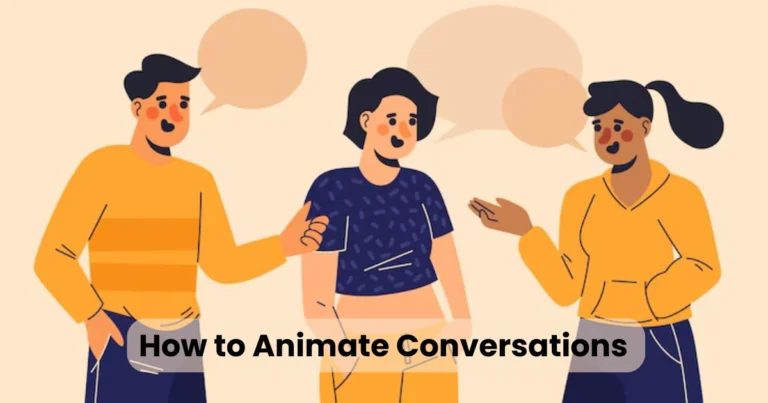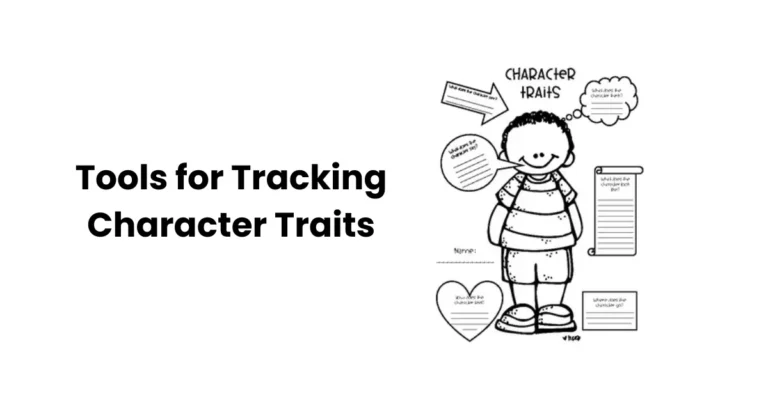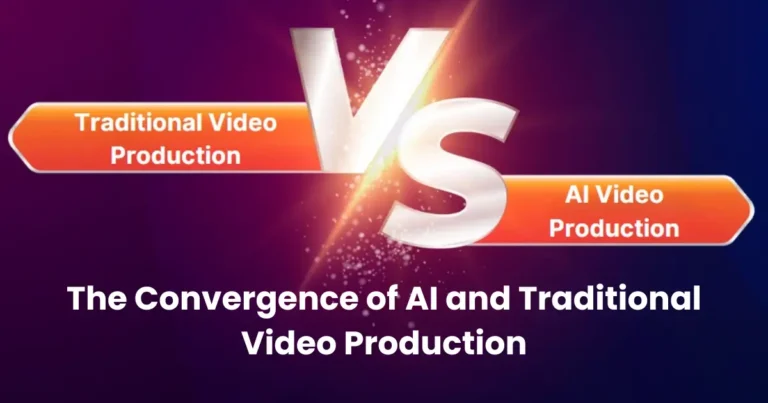AI-Generated Trailers for Indie Games: Boost Your Marketing

Contents
- 1 Why AI-Generated Trailers Are a Game-Changer for Indie Developers
- 2 How AI Tools Create Trailers for Indie Games
- 3 Benefits of AI-Generated Trailers for Indie Games
- 4 Top AI Tools for Creating Indie Game Trailers
- 5 Step-by-Step Guide to Creating AI-Generated Trailers for Indie Games
- 6 Best Practices for AI-Generated Trailers
- 7 Challenges and Limitations of AI-Generated Trailers
- 8 The Future of AI-Generated Trailers for Indie Games
- 9 Case Studies: Successful AI-Generated Trailers
In the fast-evolving world of gaming, AI-generated trailers for indie games are transforming how developers showcase their creations. Indie game developers often face budget constraints and limited resources, making it challenging to compete with big studios. However, AI technology now offers a game-changing solution, enabling creators to produce high-quality, engaging trailers quickly and affordably. By leveraging AI tools, indie developers can craft visually stunning trailers that capture their game’s essence, attract players, and boost marketing efforts in record time. This article explores the rise of AI-generated trailers, their benefits, tools, and strategies for creating captivating trailers that resonate with audiences, all while maximizing efficiency.
Why AI-Generated Trailers Are a Game-Changer for Indie Developers
Indie game developers often juggle multiple roles, from coding to marketing, with limited budgets. Traditional trailer production can be costly, requiring skilled videographers, editors, and animators. AI-generated trailers for indie games eliminate these barriers, offering a cost-effective and efficient alternative. Here’s why they’re revolutionizing indie game marketing:
Cost Efficiency
AI tools significantly reduce production costs. Instead of hiring a professional team, developers can use platforms like Runway, Synthesia, or Lumen5 to create trailers for a fraction of the price. These tools automate video editing, voiceovers, and animations, saving both money and time.
Speed and Scalability
Time is critical in game development. AI-generated trailers for indie games can be produced in hours, not weeks. With pre-built templates and customizable assets, developers can iterate quickly, creating multiple trailer versions for different platforms, such as Steam, YouTube, or social media.
Accessibility for Small Teams
AI tools are user-friendly, requiring no advanced editing skills. Developers with minimal experience can generate professional-quality trailers, leveling the playing field with larger studios. This accessibility empowers small teams to focus on game development while still delivering impactful marketing materials.
Customization and Creativity
AI platforms offer extensive customization options, allowing developers to tailor trailers to their game’s tone, style, and audience. From cinematic sequences to retro pixel art, AI-generated trailers for indie games adapt to diverse genres, ensuring a unique and engaging presentation.
How AI Tools Create Trailers for Indie Games
AI-powered tools use advanced algorithms, machine learning, and natural language processing to streamline trailer production. Here’s a breakdown of how these tools work to create AI-generated trailers for indie games:

1. Script Generation
AI can generate compelling scripts based on game descriptions or keywords. Tools like Jasper or Copy.ai analyze the game’s narrative, genre, and target audience to craft engaging voiceover scripts or text overlays that hook viewers.
2. Visual Asset Creation
AI platforms like MidJourney or DALL·E generate high-quality visuals, including concept art, backgrounds, or character animations. Developers can input game assets or descriptions, and the AI transforms them into polished trailer visuals in record time.
3. Video Editing and Assembly
AI video editing tools, such as Runway or Descript, automatically assemble clips, add transitions, and sync audio. These platforms analyze gameplay footage, select the most engaging moments, and create a cohesive trailer with minimal manual input.
4. Voiceovers and Sound Design
AI-generated voiceovers, powered by tools like ElevenLabs or Murf, provide professional-quality narration in multiple languages and tones. Additionally, AI can compose royalty-free background music tailored to the game’s mood, enhancing the trailer’s emotional impact.
5. Optimization for Platforms
AI tools optimize trailers for specific platforms, ensuring compliance with YouTube, TikTok, or Steam’s formatting requirements. This includes adjusting aspect ratios, lengths, and captions to maximize engagement and reach.
Benefits of AI-Generated Trailers for Indie Games
The adoption of AI-generated trailers for indie games offers numerous advantages, making them an essential tool for developers. Here are the key benefits:

Enhanced Visual Appeal
AI tools produce high-quality visuals that rival professional studios. By analyzing successful trailers, AI ensures that indie game trailers feature dynamic pacing, vibrant colors, and engaging transitions, captivating potential players.
Time Savings
Creating a trailer manually can take weeks, but AI reduces this to hours. Developers can generate multiple drafts, test different styles, and finalize trailers in record time, allowing them to focus on game development and marketing strategies.
Increased Engagement
AI-generated trailers for indie games are designed to grab attention. By incorporating data-driven insights, AI tools create trailers that align with audience preferences, increasing click-through rates and player interest.
Multilingual Capabilities
AI enables developers to create trailers in multiple languages, expanding their global reach. Tools like Synthesia offer voiceovers and subtitles in dozens of languages, ensuring accessibility for diverse audiences.
A/B Testing and Iteration
AI platforms allow developers to create multiple trailer versions for A/B testing. By analyzing performance metrics, such as views or engagement rates, developers can refine trailers to maximize impact.
Top AI Tools for Creating Indie Game Trailers
Several AI-powered tools are ideal for creating AI-generated trailers for indie games. Below are some of the most popular options, along with their key features:

1. Runway
- Features: AI-driven video editing, text-to-video generation, and green screen removal.
- Best For: Developers seeking professional-grade editing with minimal effort.
- Why It’s Great: Runway’s intuitive interface and AI-powered effects make it easy to create cinematic trailers in record time.
2. Synthesia
- Features: AI-generated avatars, multilingual voiceovers, and customizable templates.
- Best For: Trailers requiring narrated voiceovers or character-driven storytelling.
- Why It’s Great: Synthesia’s realistic avatars add a human touch to trailers without hiring actors.
3. Lumen5
- Features: Converts text into videos, offers stock footage, and integrates with social media.
- Best For: Quick, social media-friendly trailers.
- Why It’s Great: Lumen5’s automation simplifies trailer creation for developers with limited time.
4. MidJourney
- Features: Generates high-quality concept art and visuals from text prompts.
- Best For: Creating unique visual assets for trailers.
- Why It’s Great: MidJourney’s stunning artwork enhances trailers for visually driven games.
5. ElevenLabs
- Features: Realistic AI voiceovers in multiple languages and tones.
- Best For: Adding professional narration to trailers.
- Why It’s Great: ElevenLabs delivers natural-sounding voiceovers that elevate trailer quality.
Step-by-Step Guide to Creating AI-Generated Trailers for Indie Games
Ready to create your own AI-generated trailer? Follow this step-by-step guide to produce a captivating trailer in record time:

Step 1: Define Your Trailer’s Purpose
Determine the trailer’s goal—whether it’s to showcase gameplay, highlight the story, or generate buzz. Identify your target audience and the platforms where the trailer will be shared, such as Steam or TikTok.
Step 2: Gather Game Assets
Collect gameplay footage, concept art, and key visuals. If assets are limited, use AI tools like MidJourney to generate additional visuals based on your game’s theme.
Step 3: Write a Compelling Script
Use AI tools like Jasper to craft a script that highlights your game’s unique features. Keep it concise, engaging, and aligned with your brand’s tone. For example, a retro game might use nostalgic language, while a sci-fi game could emphasize futuristic themes.
Step 4: Generate Visuals and Animations
Upload your assets to an AI video editing platform like Runway. Use AI to enhance visuals, add transitions, and create dynamic effects that match your game’s aesthetic.
Step 5: Add Voiceovers and Music
Incorporate AI-generated voiceovers using ElevenLabs or Synthesia. Choose a voice that complements your game’s tone. Add royalty-free music or use AI tools to compose custom tracks that enhance the trailer’s mood.
Step 6: Optimize for Platforms
Tailor the trailer’s length and format to each platform. For example, create a 15-second version for TikTok and a 60-second version for YouTube. Use AI tools to add captions and optimize for mobile viewing.
Step 7: Test and Refine
Share draft trailers with your community or use A/B testing to gauge performance. Analyze metrics like engagement rates and adjust the trailer based on feedback to maximize impact.
Best Practices for AI-Generated Trailers
To ensure your AI-generated trailers for indie games stand out, follow these best practices:

Keep It Short and Impactful
Trailers should be 30–90 seconds long to maintain viewer attention. Focus on the game’s most exciting elements, such as unique mechanics or emotional story beats.
Highlight Unique Selling Points
Showcase what sets your game apart. Whether it’s innovative gameplay, a gripping narrative, or stunning visuals, emphasize these elements early in the trailer.
Use Data-Driven Insights
AI tools analyze successful trailers to recommend pacing, visuals, and music. Leverage these insights to create trailers that resonate with your audience.
Maintain Brand Consistency
Ensure the trailer’s tone, colors, and style align with your game’s branding. Consistency builds recognition and trust with potential players.
Include a Call to Action
End the trailer with a clear call to action, such as “Wishlist Now on Steam” or “Download Today.” AI tools can generate engaging CTAs that drive conversions.
Challenges and Limitations of AI-Generated Trailers
While AI-generated trailers for indie games offer immense potential, there are some challenges to consider:
Lack of Human Touch
AI may struggle to capture nuanced emotions or cultural context. Developers should review trailers to ensure they align with the game’s vision.
Over-Reliance on Templates
Using generic templates can make trailers feel formulaic. Customize AI-generated elements to maintain originality and avoid blending in with other games.
Learning Curve
While AI tools are user-friendly, they still require some learning. Developers may need to experiment to achieve the desired results.
Quality Control
AI-generated visuals or voiceovers may occasionally produce inconsistencies. Always review and refine the final trailer to ensure professional quality.
The Future of AI-Generated Trailers for Indie Games
The future of AI-generated trailers for indie games is bright, with advancements in AI technology promising even more capabilities. Emerging trends include:

Real-Time Trailer Generation
Future AI tools may generate trailers in real-time, allowing developers to preview and tweak trailers instantly during development.
Personalized Trailers
AI could create trailers tailored to individual players based on their gaming preferences, increasing engagement and conversion rates.
Interactive Trailers
AI-powered interactive trailers may allow players to explore game elements within the trailer, creating immersive marketing experiences.
Enhanced Analytics
AI will provide deeper insights into trailer performance, helping developers optimize for specific demographics and platforms.
Case Studies: Successful AI-Generated Trailers
Several indie developers have already embraced AI-generated trailers with impressive results:
Case Study 1: Pixel Quest
A solo developer used Runway and ElevenLabs to create a trailer for their retro platformer, Pixel Quest. The AI-generated trailer featured vibrant pixel art and a nostalgic voiceover, garnering 50,000 views on YouTube and boosting Steam wishlists by 30%.
Case Study 2: Cosmic Odyssey
The team behind Cosmic Odyssey, a sci-fi RPG, used Synthesia to produce a multilingual trailer. By targeting global audiences, they increased their Kickstarter funding by 20% in record time.
Conclusion
AI-generated trailers for indie games are revolutionizing how developers market their creations. By offering cost-effective, high-quality, and customizable solutions, AI empowers small teams to compete with industry giants. With tools like Runway, Synthesia, and ElevenLabs, developers can create engaging trailers in record time, capturing the attention of players worldwide. As AI technology continues to evolve, the possibilities for indie game marketing are endless. Embrace AI-generated trailers today to showcase your game, connect with your audience, and take your marketing to the next level.






